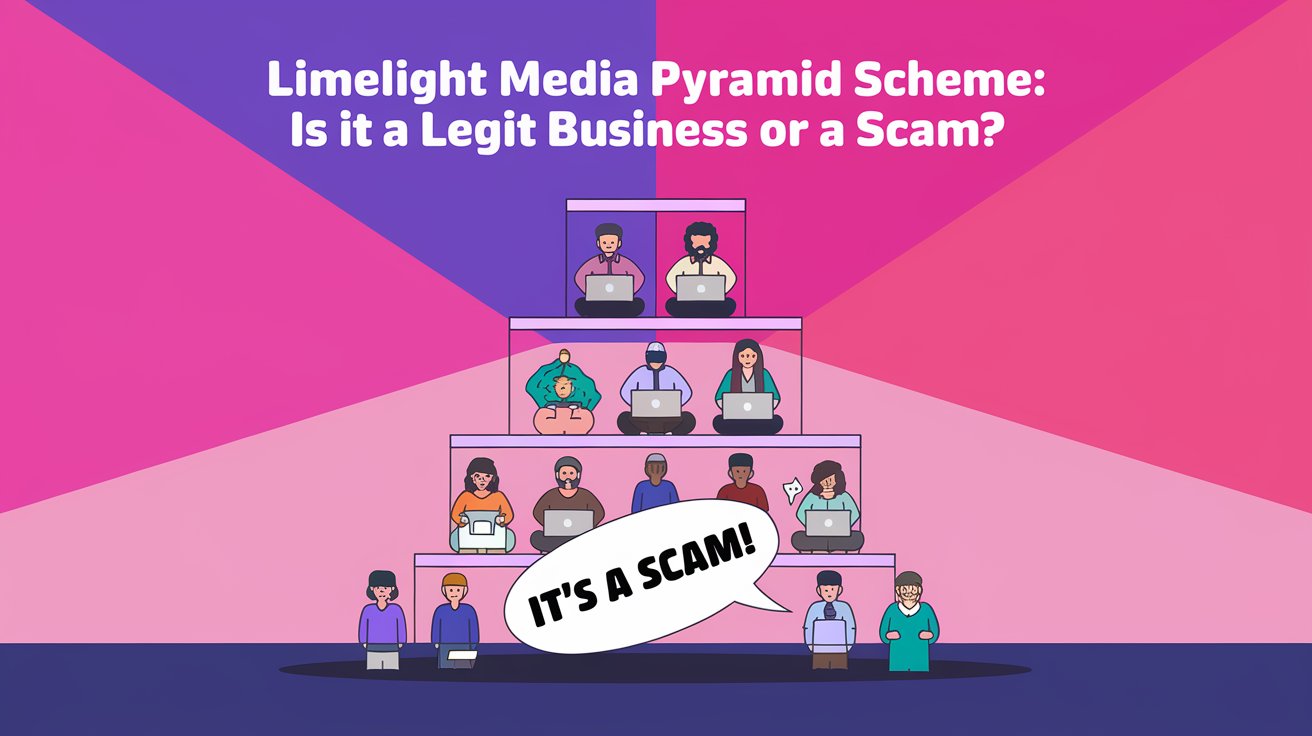The intricate dance between corporate ambition and regulatory oversight often brings to light the core tenets of market integrity. When the Securities and Exchange Commission (SEC) turns its attention to a company's operations, the implications resonate far beyond boardrooms, touching investors, competitors, and the broader financial ecosystem. This examination delves into the specific concerns articulated by the SEC regarding Limelight Media's business practices, exploring the backdrop, the immediate fallout, and the potential long-term ramifications.
Editor's Note: Published on October 26, 2023. This article explores the facts and social context surrounding "what the SEC says about Limelight Media's business practices".
Origins of Regulatory Interest
The SEC's interest in Limelight Media did not emerge in a vacuum. Industry observers suggest that an accumulation of factors, potentially including whistle-blower complaints, unusual trading activity, or inconsistencies in public filings, likely triggered the initial inquiry. Limelight Media, a prominent player in the digital content and advertising space, has enjoyed rapid growth, often attracting increased scrutiny from regulators precisely because of its expanding market footprint and complex operational structure.
"The SEC's mandate is clear: to protect investors and maintain fair, orderly, and efficient markets," stated Dr. Eleanor Vance, a former SEC enforcement attorney now consulting on corporate compliance. "When a company's reporting or operational transparency appears to deviate from established norms, it's inevitable that the Commission will investigate. The question is rarely if they'll look, but what they'll ultimately find."
Unpacking the Commission's Stated Concerns
While the full extent of the SEC's findings often unfolds over time, preliminary statements and formal notices have outlined several key areas of concern regarding Limelight Media. Central to these appears to be a focus on the company's revenue recognition practices, particularly concerning long-term contracts and bundled services. The SEC has reportedly questioned the methodology used to report certain revenues, suggesting a potential mismatch between the timing of service delivery and the recognition of associated income. Furthermore, disclosures related to client acquisition costs and the valuation of intellectual property have also drawn regulatory attention, prompting inquiries into whether these practices adequately reflect the company's financial health to investors.
